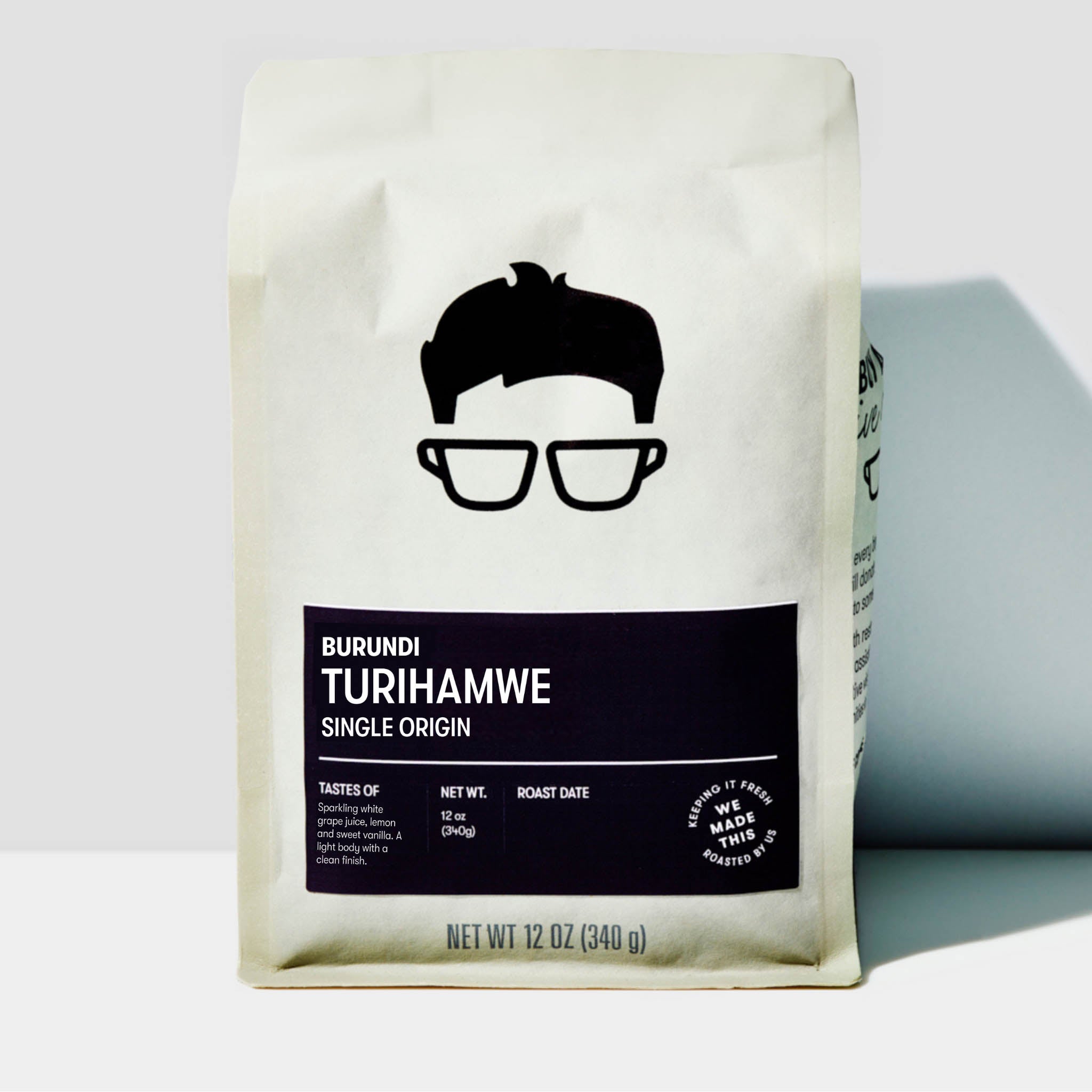Discovering the Abundant Flavors of Coffee Beans: a Deep Study Coffee and Blended Coffee Beans
When you discover the abundant tastes of coffee beans, you reveal a complex world where each selection brings its very own personality to your mug. Recognizing the origins, refining methods, and toasting techniques can transform your coffee experience. As you browse via the art of coffee and the imagination behind blended coffees, you'll start to value the subtleties that make each sip special. What you'll find following might alter the way you enjoy your morning mixture.
The Beginnings of Coffee Beans: Checking Out Terroir and Taste Profiles
When you take a sip of coffee, you're not simply taking pleasure in a beverage; you're experiencing an abundant tapestry of flavors shaped by the beans' beginnings. Each area produces special taste accounts affected by elevation, climate, and dirt. Beans from Ethiopia commonly burst with intense, fruity notes, while those from Colombia have a tendency to supply a balanced, nutty sweet taste.
As you discover different beginnings, you'll notice exactly how terroir-- the ecological elements influencing a crop-- plays a vital duty - Single Origin Espresso. The same coffee range can taste significantly various depending upon where it's expanded
When you take into consideration these elements, you start to appreciate the complexity behind your mug. Each sip tells a tale of the land and the farmers who nurtured the beans. So, next time you indulge, consider the trip your coffee took prior to it reached your hands, and appreciate those intricate flavors that show its beginning.
Comprehending Coffee: The Art and Scientific Research Behind the Mixture
When you think of espresso, it's not almost the solid taste; it's additionally concerning the techniques that bring it to life. Comprehending just how different prep work techniques effect taste can transform your brewing experience. Let's explore the ins and outs of espresso preparation and reveal the one-of-a-kind taste profiles that make each cup special.
Coffee Prep Work Methods
Espresso preparation is both an art and a science, incorporating specific techniques with a deep understanding of coffee. To begin, you'll wish to select high-quality, newly roasted beans and grind them carefully for perfect removal (Single Origin Espresso). The work dimension is vital; also crude, and your espresso will certainly be weak, also fine, and it'll be bitter
Following, tamp the premises evenly in the portafilter to assure uniform extraction. When you secure it into the maker, purpose for a brewing temperature level between 190 ° F and 205 °
F.As you draw the shot, watch for the ideal removal time-- around 25-30 seconds. The outcome ought to be an abundant, velvety espresso with a gorgeous layer of crema on the top. With technique, you'll master these strategies.
Flavor Accounts Discussed
The world of espresso uses an abundant tapestry of taste accounts that can boost your coffee experience. Light roasts usually display intense acidity and vibrant tastes, while dark roasts existing deeper, bolder tones.
Understanding these profiles helps you select the best espresso for your palate. Trying out different blends can reveal surprising mixes. A well-crafted blend might harmonize the bright notes of an Ethiopian bean with the rich, chocolatey undertones of a Brazilian bean. Accept the journey of uncovering espresso's varied tastes, and you'll change your coffee ritual into an interesting adventure.
Handling Approaches: Just How They Influence Taste and Scent
While it might seem that the beginning of coffee beans is one of the most substantial variable in determining their taste and aroma, the handling approaches utilized post-harvest play a just as crucial function. You'll discover that these approaches can considerably alter the final taste account of your cup.
For example, the washed process gets rid of the fruit from the beans before fermentation, frequently bring about a cleaner, brighter flavor. The natural procedure leaves the fruit undamaged throughout drying out, resulting in a sweeter, fruitier profile.
Other approaches, like honey handling, strike a balance, allowing some fruit mucilage to stay, giving a distinct complexity.
Each handling method interacts with the beans' fundamental qualities, improving or muting details flavors and aromas. When you drink that coffee or blended coffee, remember that the trip from cherry to mug is affected not just by beginning however likewise by exactly how those beans were refined.
Roasting Strategies: Opening the Complete Prospective of Coffee Beans
Roasting methods are necessary for disclosing the complete capacity of coffee beans, as they transform raw, environment-friendly beans into the aromatic, savory coffee you delight in. The choice of toasting approach-- light, tool, or dark-- drastically influences taste accounts.
You can explore toasting times and temperatures to locate your excellent brew. A slower roast at lower temperature levels enables for intricate flavors to create, while a quicker roast can intensify resentment. Take notice of the cracks during roasting; the initial fracture shows a light roast, while the second crack signals a dark roast. By mastering these techniques, you'll reveal a globe of taste, raising your coffee experience to brand-new heights. Delight in every sip, understanding the treatment that entered into your mug!
The Magic of Blended Coffee: Producing Special Flavor Experiences
Creating a special taste experience with mixed coffee can change your early morning routine right into an exploration of preference. By combining various beans from different areas, you can disclose a harmony of flavors that boost your mug to brand-new elevations. Each blend offers a distinctive profile, balancing acidity, sweet taste, and body to produce something genuinely special.
When you pick a mix, you're not simply selecting a coffee; you're selecting a journey across diverse landscapes and societies. Try out different Single Origin Espresso combinations allows you to discover your personal faves, whether you delight in fruity notes or abundant, chocolatey touches.

Sampling Notes: Acknowledging the Nuances in Your Cup
As you sip your coffee, you could observe a spectrum of tastes dancing on your taste buds, each disclosing the complexities of the beans. You might taste the intense level of acidity similar to citrus or the deep, abundant notes akin to dark chocolate. The sweet taste can evoke honey or sugar, balancing the general account wonderfully.
Take notice of the body of the coffee-- does it really feel ventilated and light, or is it complete and velvety? The coating, also, offers ideas; a lingering aftertaste might mean nuttiness or floral undertones.

Don't forget to discover the special attributes of different origins, as each region imparts distinctive flavors - Single Origin Espresso. Ethiopian coffees frequently existing fruity notes, while Colombian beans could showcase a more spherical sweet taste. By acknowledging these nuances, you'll deepen your gratitude for each mug, elevating your coffee experience to new elevations

Brewing Methods: Optimizing Taste Removal for Every Bean
When you check out the numerous brewing methods, you'll uncover that each strategy can considerably influence the flavor account of your coffee. From French press to pour-over, each approach removes different substances, boosting or muting specific notes. For example, using a French press permits oils to stay in the mixture, developing a richer preference, while pour-over highlights clarity and brightness.
Temperature and grind size likewise play crucial roles. A coarser grind works best for cold mixtures, while a fine grind is ideal for espresso. Trying out water temperature-- in between 195 ° F and 205 ° F-- can reveal hidden tastes, too.
Do not forget regarding soaking time; a fast extraction can bring about sour notes, while over-extraction may produce anger. By changing these variables, you can make the most of flavor removal and genuinely raise your coffee experience. Enjoy the trip of uncovering what method best suits your taste!
Often Asked Questions
What Is the Ideal Water Temperature Level for Developing Coffee?
The ideal water temperature for brewing coffee's between 195 ° F and 205 ° F. If you use water that's too warm, you'll over-extract flavors; also cold, and you won't remove enough. Go for that sweet spot for the finest brew!
How Does Grind Size Affect Coffee Taste?
Grind size considerably influences coffee taste. Better grinds remove extra tastes and oils, resulting in a bolder taste, while coarser grinds yield a lighter flavor. Changing work size assists you achieve your desired coffee profile.
Exist Health Perks Related To Drinking Coffee?

What Is the Difference In Between Arabica and Robusta Beans?
Arabica beans are smoother and sweeter, commonly including fruity flavors, while robusta beans are more powerful with a bitter preference and higher caffeine web content. You'll observe these distinctions in aroma and developing experience.
Exactly How Can I Shop Coffee Beans for Quality?
To keep coffee beans for freshness, keep them in a closed container, far from warm, dampness, and light. If you just grind what you require right before developing., you'll preserve their taste longer.
Exploring the Abundant Flavors of Coffee Beans: a Deep Dive Into Coffee and Blended Coffee Beans.
When you explore the abundant tastes of coffee beans, you reveal a complex globe where each variety brings its very own character to your mug.When you take a sip of coffee, you're not just enjoying a beverage; you're experiencing an abundant tapestry of tastes shaped by the beans' beginnings.Roasting techniques are crucial for disclosing the complete possibility of coffee beans, as they change raw, environment-friendly beans into the aromatic, flavorful coffee you take pleasure in.As you sip your coffee, you could notice a range of tastes dancing on your palate, each revealing the details of the beans.
Comments on “Top Spots Serving SOE Single Origin Espresso Near You”